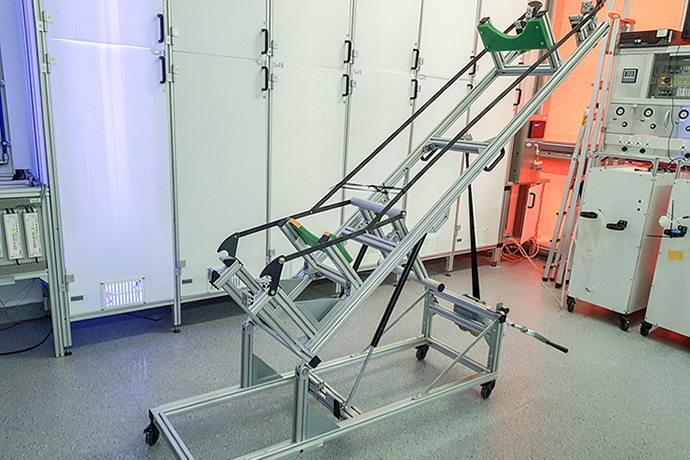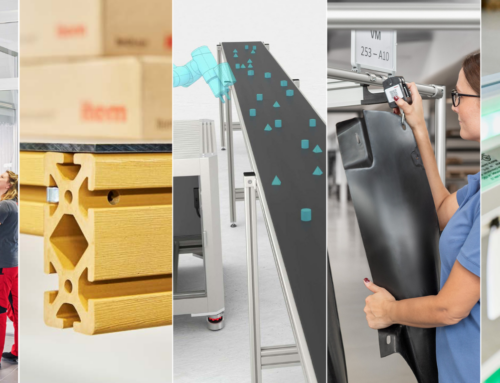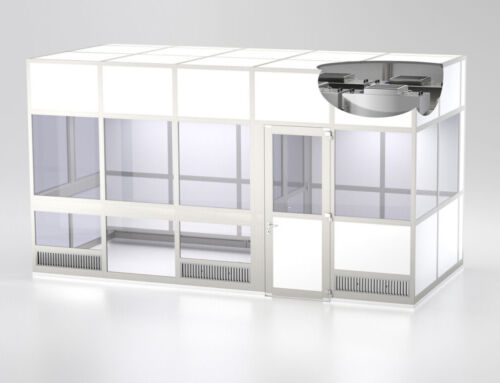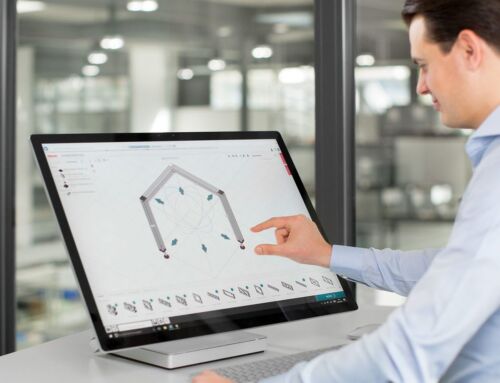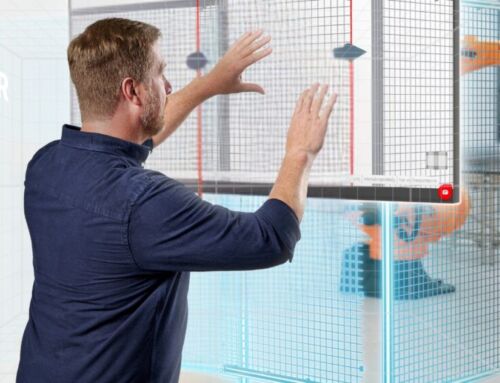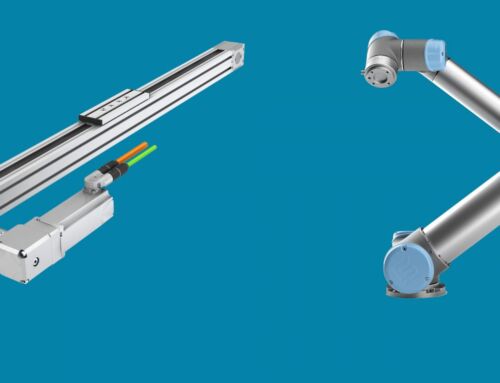More and more companies are catching on that employees need a break from sitting down.
“Sitting is the new smoking!” As overly dramatic as this frequently quoted statement might seem, it nevertheless hits the nail right on the head. Although we spend most of our lives sitting down, we certainly aren’t built for such a sedentary lifestyle. In reality, sitting only became such a central aspect of daily life around 250 years ago. Spending too much time sat down puts your health at real risk, with effects ranging from muscular tension, higher blood pressure, headaches, arteriosclerosis and diabetes right through to increased risk of cancer. But a desk job isn’t dangerous in itself, of course. It all boils down to striking a balance and incorporating ergonomic principles into your day-to-day life. Even Apple’s CEO Tim Cook has long since recognised the advantages that height-adjustable work benches have to offer.
Symbiosis of ergonomics and design
Apple Park, the new corporate headquarters of cult brand Apple in Cupertino, is anything but run-of-the-mill. The huge ring-shaped campus reportedly cost 5 billion U.S. dollars to build and its unusual design has earned it the nickname “the spaceship”. Some 12,000 employees are based here in a building with a floor area of 260,000 m². CEO Tim Cook has been one of the most prominent voices to speak out against excessive sitting for quite some time now. For instance, he saw to it that the Apple Watch has a feature that notifies wearers when it’s time to get on their feet if they’ve been sat down for too long. But that was just for starters.
Thanks to Cook’s initiative, all Apple employees at the new site now have a standing workbench. To put it more precisely, they have height-adjustable ergonomic desks, which means they can ease the strain on their backs (and other parts of the body) by regularly changing position. The desks can be moved up or down at the touch of a button, and are kitted out with fibre-optic and electric cables. One thing is certain – Apple has really splurged to keep its employees in tip-top condition. The office chairs alone each came with a price tag of around 1,180 U.S. dollars. Given the size of Apple’s workforce, that brings the total bill to approximately 14 million U.S. dollars. It goes without saying that the tech giant’s ergonomic strategy has been married perfectly with its renowned flair for elegant design.
Ergonomic work benches for industry
Apple’s ergonomic office desks for its Silicon Valley staff are undeniably exemplary, but physical strain whilst seated presents an even greater problem for production workers. Particularly when it comes to manual assembly work, employees are known to develop a lop-sided posture that often leads to uncomfortable back problems. In an industrial context, (electrically) height-adjustable work benches are therefore recommended – particularly in shift operations with frequent staff changeovers. These enable employees to alter the height of their bench to suit their personal requirements. On top of that, the flexibility of such ergonomic work benches – including like those at Apple – allows users to eliminate specific types of strain. If employees have been sat down for a long period of time, they ought to switch to working standing up. 80 % dynamic sitting and 20 % standing has proven itself to be an effective ratio.
Ergonomics is important as an overall system – which is why the work benches from item have been awarded the seal of quality from the Campaign for Healthy Backs (AGR e.V.).
A state-of-the-art work chair must be fully adjustable so it can be steplessly adapted and therefore support back-friendly working practices. Employees should be able to carry out adjustments whilst still sitting down, as only then can they determine whether the chosen setting is really the right one for them. Robust and easy-to-clean upholstery, synchronised mechanical systems and adjustable lumbar support are yet more quality criteria for work chairs in industrial settings. Yet ergonomics is about much more than just sitting – it covers lighting, modularity, handling areas and design, for example. From day one, design and therefore the fusion of form and function have been at the very top of the agenda at item. When you look at what the big players from abroad are doing, it becomes clear that Germany’s SMEs mustn’t sell themselves short.
Are you interested in ergonomics and what the working world of the future will look like?
Then we have something that might just help! Simply subscribe to the item blog by completing the box at the top right!
